Teaching your child to read is one of the joys of parenting. When we got our first reading book home in Reception, we were all bright-eyed and excited. Each word was a miracle and every little progression was a cause for celebration. But it can also be a struggle. How do you interest your child in reading, when all your encouragement and setting-an-example efforts just seem to be turning him or her off even more?
Some children are reluctant readers. I’ve heard this from teachers, friends, other mums – and observed it in my own family. Some people say, “it’s just boys”, but I disagree. I have three boys, two at school: one is mad keen on reading, the other needs both the carrot and the stick to open a book.
I find this hard to understand or deal with, as I was a prolific reader as a child and have loved books ever since. But, funnily enough, the “When I was your age…” and “Think how good it would feel to be able to read this by yourself!” arguments are not cutting it with my son.
Ironically, but on the plus side, he is massively interested in books. He loves nothing more than to be read to, and has done ever since he was born. His teachers have commented on how he loves to listen to stories.
It’s just the reading himself that’s the problem.
We’ve tried various things:
- everyday reading, i.e. spotting words out and about to practice reading
- reward charts
- bribes
- magazines (He just wants the toy. Which then breaks.)
- letter cards and word-making
- the list goes on…
He just wants to play with his Star Wars Lego.
Which gave my husband a brainwave:
We could use the force to teach our son to love reading!
Our lovely boy was very excited when we showed him the new books. He couldn’t wait for us to read them to him. Which we did, for the first couple of times. Then we started asking him to finish sentences for us…Then read a whole line by himself. Or see how many times Luke’s name appeared, or Darth Vader’s.
It really helped engross him in the book, and most importantly, to realise that he CAN read, even if it’s not a book from school. It sounds obvious, but it’s an important connection for children to make, that the words they read in their school reading books, reappear in other books. Not every book is learning from scratch. Pointing this out to your child will help boost his confidence.
Obviously, Star Wars books might not appeal to your child. Thomas the Tank Engine might be more their bag. Or Frozen.
But it’s worth a try.
These books are perfectly pitched at Star Wars and Lego fans. The stories of the films are retold in a simplified narrative that makes the plot easy to understand. In fact, I now finally get it myself – I don’t know about you, but despite having seen the films countless times, I’m pretty sketchy on the storyline. But it doesn’t matter if you and your child haven’t seen the films – these books are a good introduction to the whole Star Wars world, without the concern of your child being scared or confused by the film.
Short sentences and a small number of words on each page really help the nascent reader. Each page is illustrated with a colourful Lego reenactment, which really captures my son’s imagination and would impress any fan of the tiny bricks.
At 40 pages long, they are a good length for a bedtime story but quite a challenge for a child to finish all in one go at first. But the story is exciting enough to make my son want to start where he left off at the next reading session. I find this really helps – rather than having to spark an interest in a new book, you can discuss with your child what happened the last time, and talk about what you think is going to happen next.
My husband being a purist, we have the original trilogy: A New Hope, The Empire Strikes Back and Return of the Jedi, but all six stories are available. The three are aimed at Level 1, Level 2 and Level 3 readers, respectively, which makes them a good way of motivating your child and measuring progress. Once we’d read A New Hope (Level 1), my son was keen to find out what happens next, and it was useful to be able to encourage him to attain new levels by the promise that he could read the next instalment. I would say a child in Year 1 or Year 2 (age 6-7) would be able to read these books, with a little help on unusual words.
The publisher, Dorling Kindersley, recommends the books for children aged 4 and up. I would say this is fair, but you would have to decide whether your 4-year-old would understand / be interested in the story as obviously children at this age vary enormously. My 5- and 7-year old boys both love them.
Our son is not yet flying through Treasure Island on his own, and it has taken some time, but he is a lot more willing to have a go at reading a book than he was. And, as many of you may know, that is often the biggest hurdle.
Do you find interesting your child in reading a challenge? Whatever tactics you use:
May the force be with you.
Disclosure: This is not a sponsored post. We bought these books, which are published by Dorling Kindersley (2014), with our own money and all words and views are my own.
You may also like:
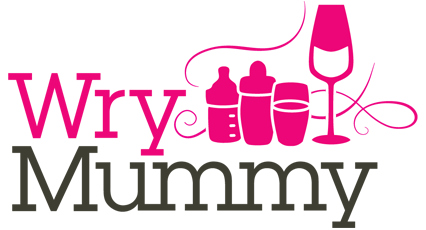
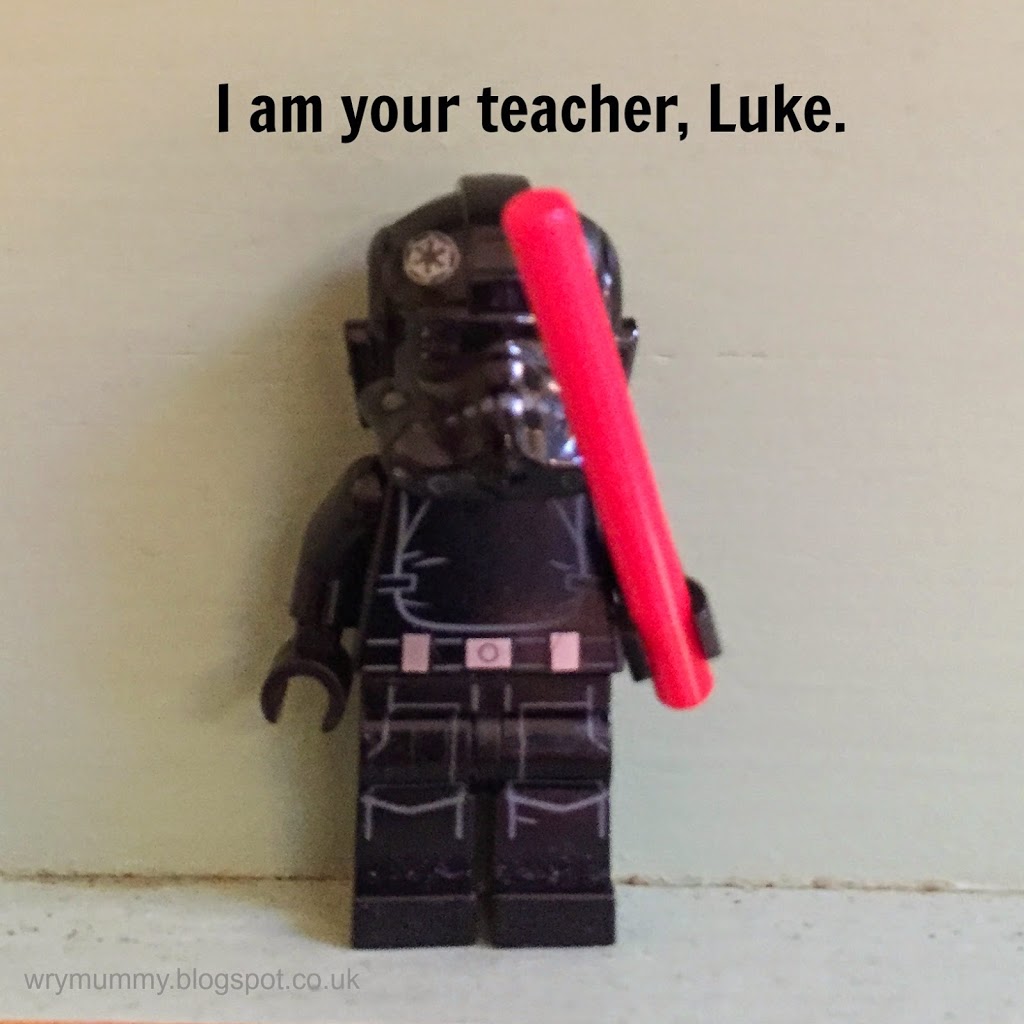
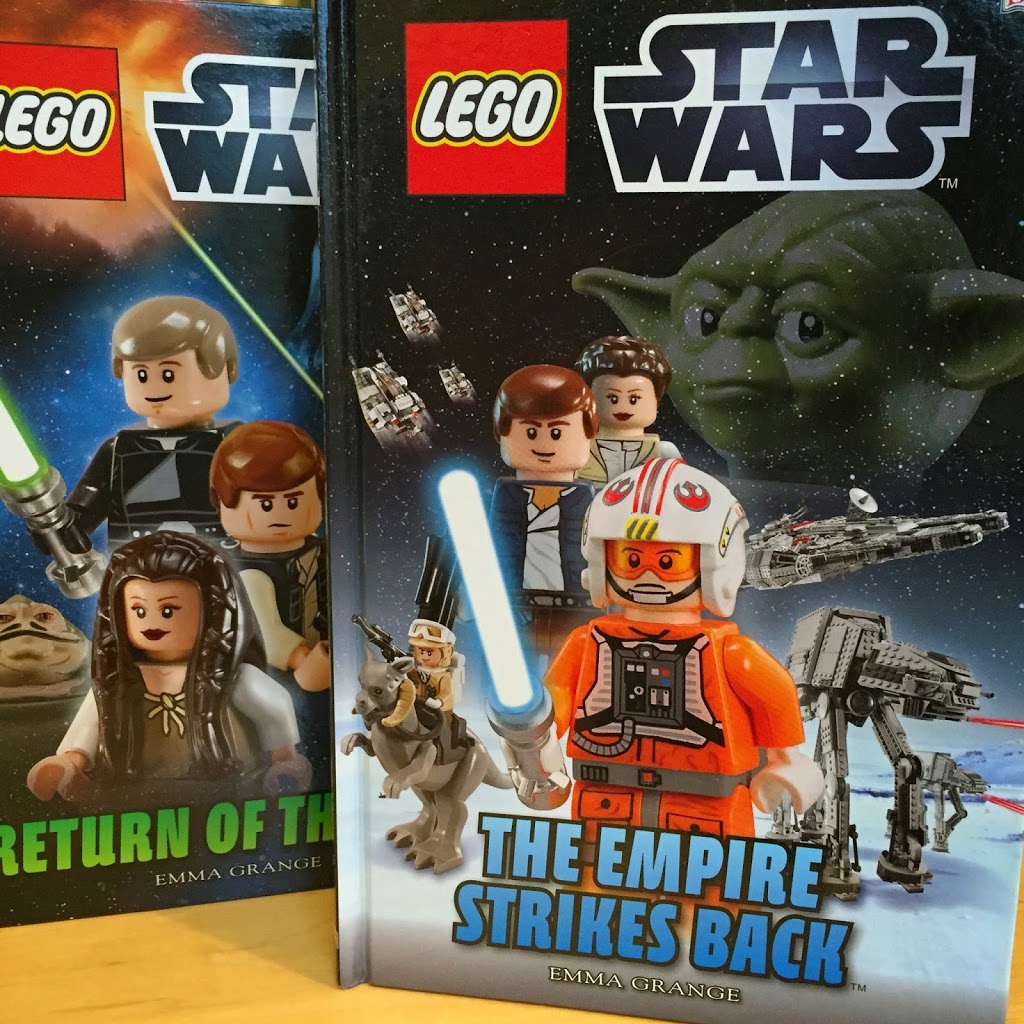
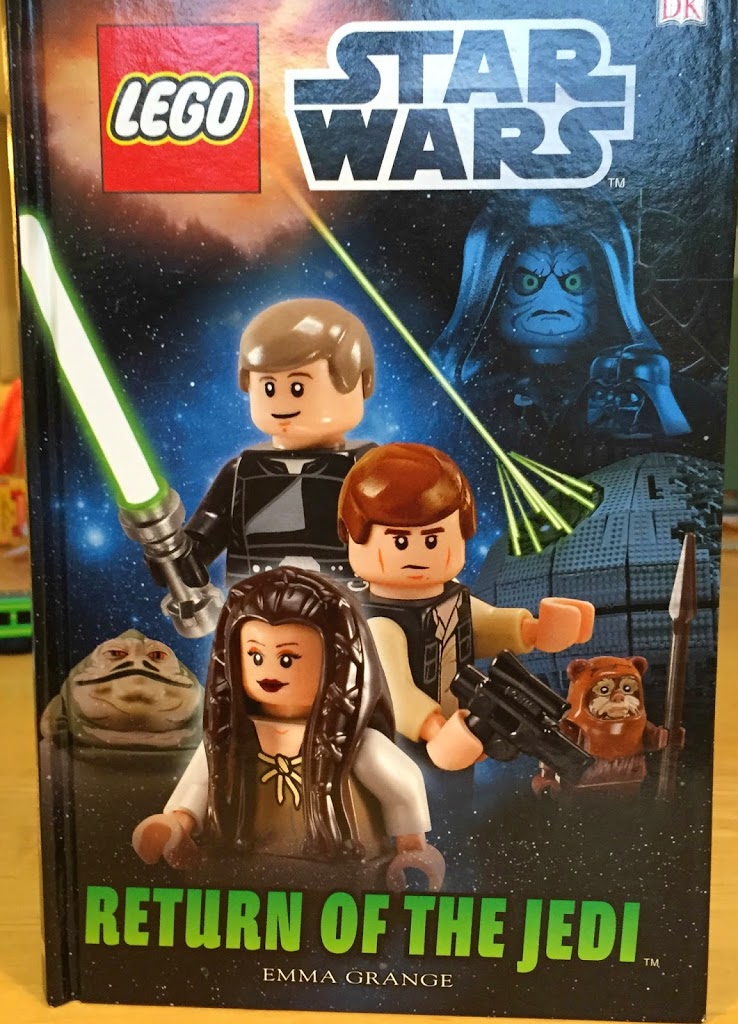
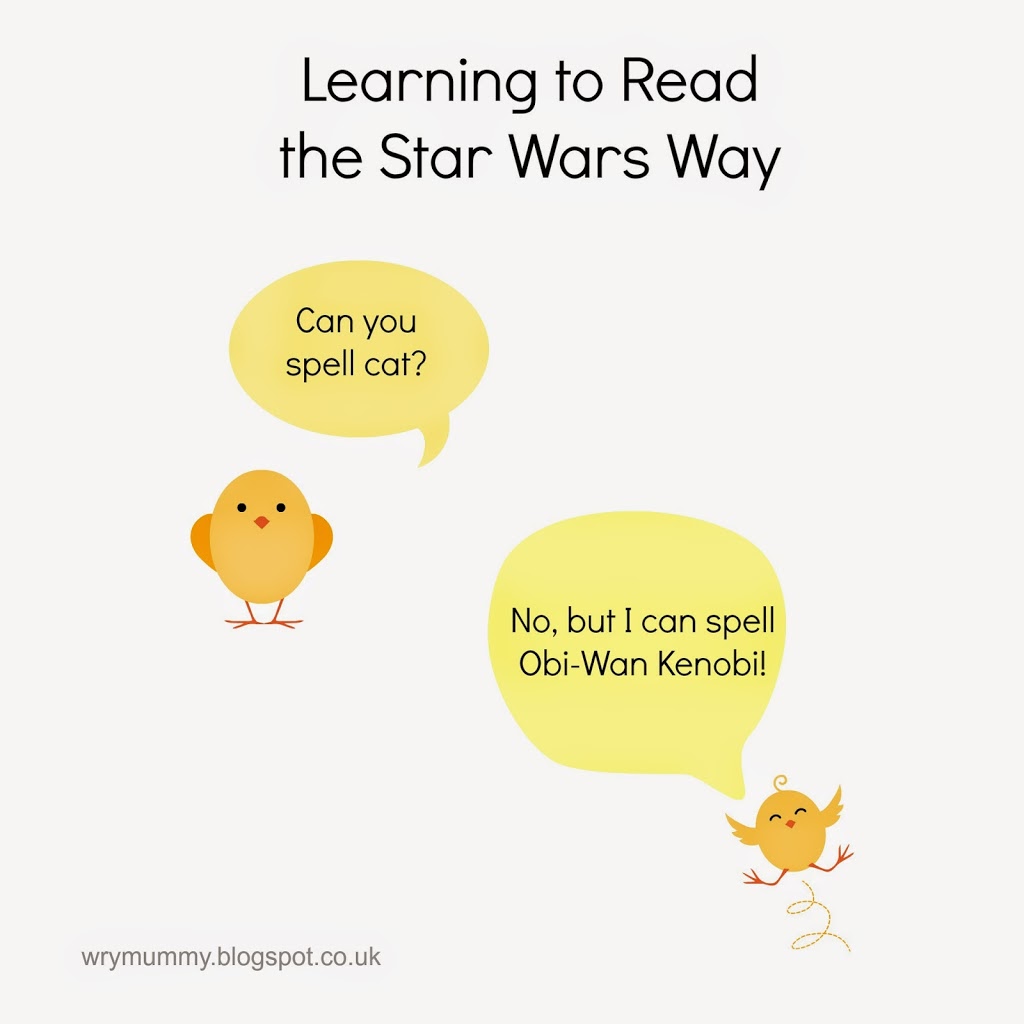

Ace idea lovely! My eldest is not bothered at all by reading but he does like star wars! You are clever 🙂 x
Thanks Katie! I don’t know how they get into Star Wars without us ever really trying, but it’s working for us so, here goes! x
Really pleased to hear that you found a solution, it’s all about honing in on their interests isn’t it. Things didn’t click into place reading wise with my 5yo until going back after the Easter holidays. Now, almost a year later, she loves reading and flies through books xx ps. Love your disclaimer at the end 😉
Renee @ Mummy Tries recently posted…An Awesome Day
My son was pretty “meh” about reading until he discovered a series of Minecraft novellas at the public library. I was pretty appalled that such a thing even existed, but now he’s reading anything and everything he can get his hands on, so I guess it worked out for the best.
Exactly – I have given up hoping it will be the great works that get mine into reading, I’ll take anything now, even Amazon toy descriptions…!